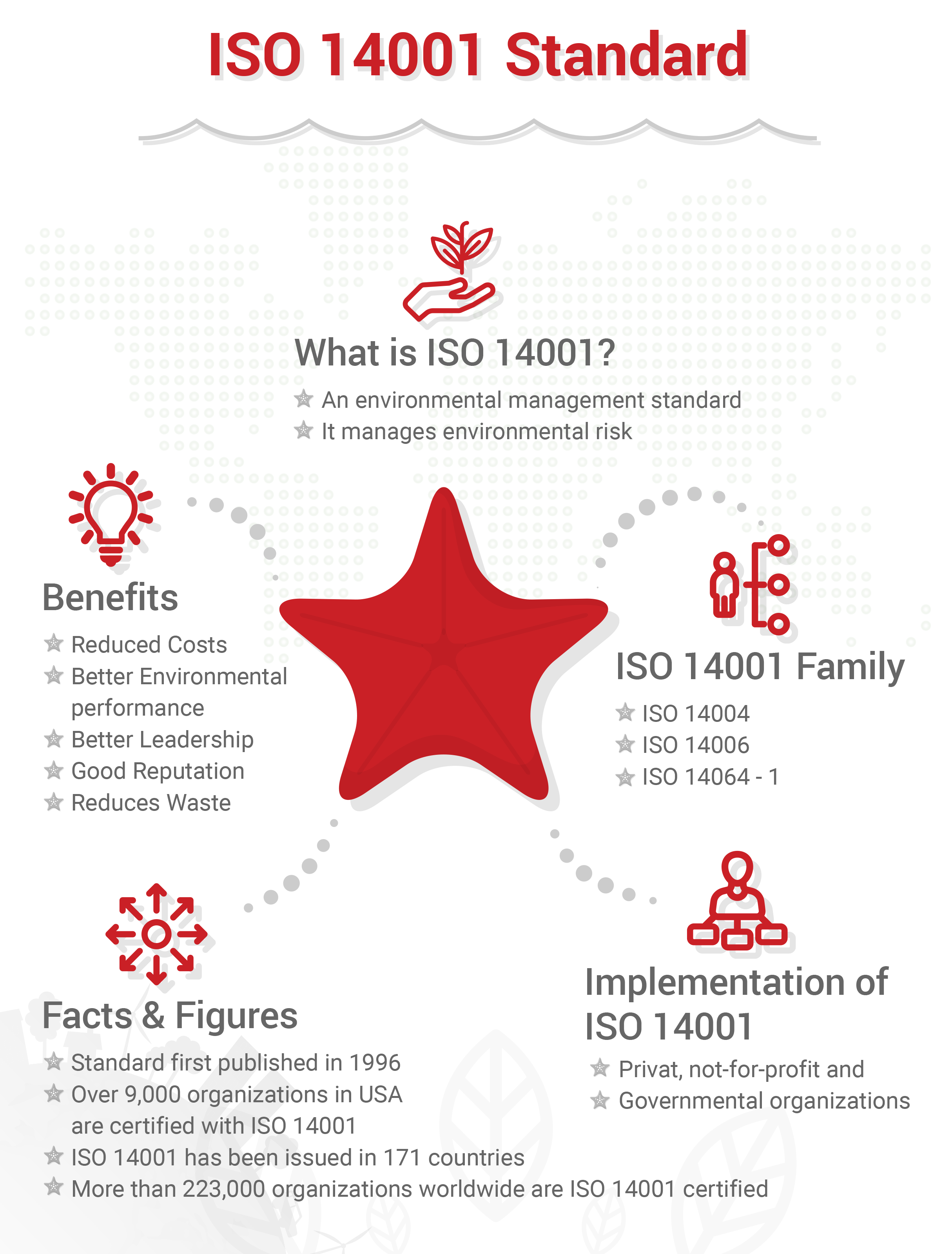Industrialization and its impact on the environment
The Industrial Revolution marked a major turning point for the economic growth and development of a society. This process began in the 18th century in Great Britain, and increased tremendously, bringing wealth and power to several other countries. Replacing agrarian, handicraft economy with machinery manufacturing has changed production capabilities and labor patterns. As a result of mass production, use of energy increased and led to depletion of natural resources, such as deforestation. This inevitably brought carbon emissions, pollution of the water and soil, the primary issue ‘global warming’.
The global economy has learned its lesson and is aware that economic impact of global warming is highly important since it is costing the world more than $ 1.2 trillion a year. All businesses have a legal and moral obligation to follow all environmental laws.
Yet the problem is that this issue is usually the last thing to be considered, especially for the companies which are in the growth process. Certainly, this is not a smart move, since the reason why most of the startups fail is because of their negligence towards environmental protection.
Nowadays, organizations are acting more quickly on going beyond environmental compliance, by implementing laws, regulations and environmental management systems, such as ISO 14001.
Why should you implement ISO 14001?
ISO 14001:2015 is the world’s most recognized framework for environmental management system. Governments around the world encourage the implementation of ISO 14001 and it has been adopted as a national standard by many countries. Moreover, it is part of ISO 14000 family of standards that are designed to be mutually supportive, but also used independently. Organizations implement this structured system in order to have a better control of the environmental impacts and performance caused by the environmental aspects of various activities, services and products. In addition, the ISO 14001:2015 standard emphasizes the importance of aspects and impact of product “life cycle”. However, the main driver for environmental improvement is the pressure received from the supply chain; surely, most suppliers understand that the dedication to improve the environmental performance will ensure their presence on suppliers’ lists.
Before the implementation, an organization needs to complete several steps such as:
- Establishing environmental policy that reveals its responsibilities;
- Identifying current and potential environmental impacts;
- Determining the environmental risks that are associated with the organization’s activities and processes;
- Establishing objectives and programs to achieve the required targets;
- Ensuring compliance with regulatory requirements;
- Continuously improving the environmental performance by reducing pollution and waste.
- Initiate actions to prevent or at least mitigate the environmental risks.
Another important matter is training and awareness of employees about their responsibilities, at all levels. The higher understanding of what an EMS offers and why it is crucial for the company to implement, the easier it will be to apply. Further, employees must be trained accordingly to their roles in the company and the environmental team should be aware of energy efficiency and waste management in order to create opportunities for improvement and cost savings. Also, alternative materials and production processes play a major role in environmental practices.
ISO 14001 Certification
Once the standard is successfully implemented, the organization can apply for its EMS Certification. Organizations seek certification due to supply chain pressures; they need to prove that their EMS meets the requirements of ISO 14001. In order to obtain the certification, an organization goes through 2 Stages of assessment processes, where internal policies and other procedures are being verified if they are in compliance with ISO 14001 requirements. Once these are completed, the client receives the ISO 14001 Certification, which proves the compliance with the relevant standard.
Companies are aware of many benefits that the certification brings along, few of many are:
- Reduced waste;
- Fulfill their legal obligations;
- Safeguarding the environment as part of their social responsibility;
- New clients and increased market share;
- Creation of a corporate image and credibility;
- Increased stakeholder (interested parties) confidence;
- Access to a new market;
- Lower operational costs;
- Cost savings and much more.
Selecting an accredited certification body
Choosing the right accredited certification body is a specified requirement to operate in the global marketplace. PECB offers ISO 14001 EMS Training and Certification services, with the support of highly qualified competent people that have relevant sector expertise, who will guide you through each step and help you overcome any obstacle you might encounter. A worldwide recognition of the certification proves its credibility and great access to a domestic and overseas market, with an independent and impartial approach. ISO 14001 Environmental Management System Certification will improve your business performance and reduce cost while focusing on your impact on the environment.
CONTRIBUTOR
Stephen Lim is PECB Certified Trainer and Managing Director, Principal Consultant & Trainer of JP Power Horizon. If you have any questions, please do not hesitate to contact him:
jp.power.stephen@gmail.com










